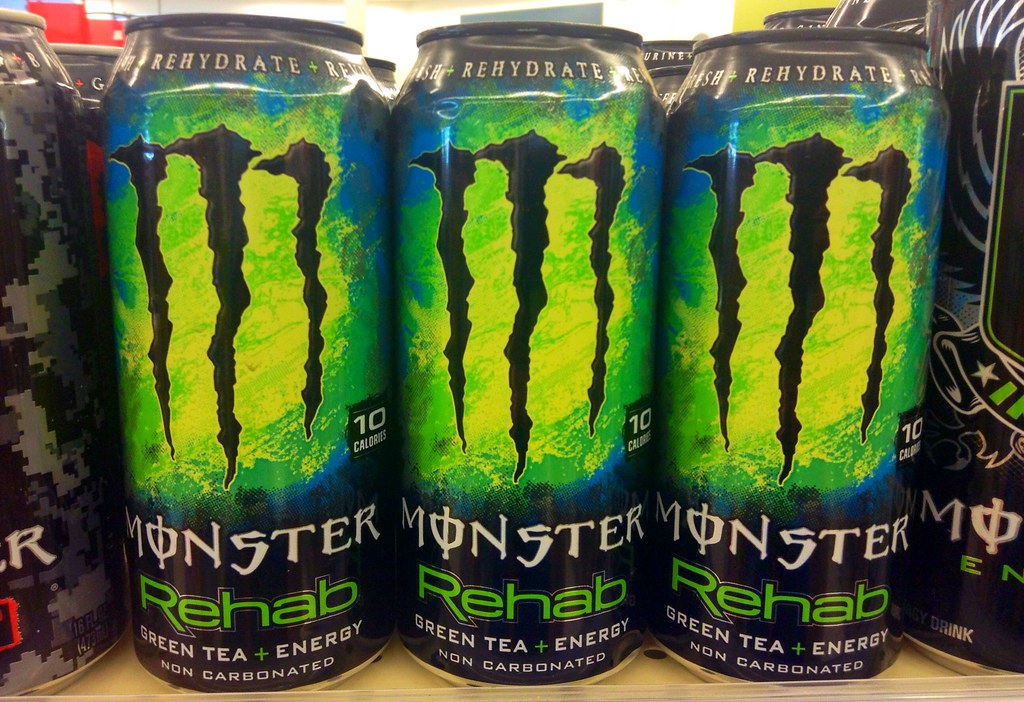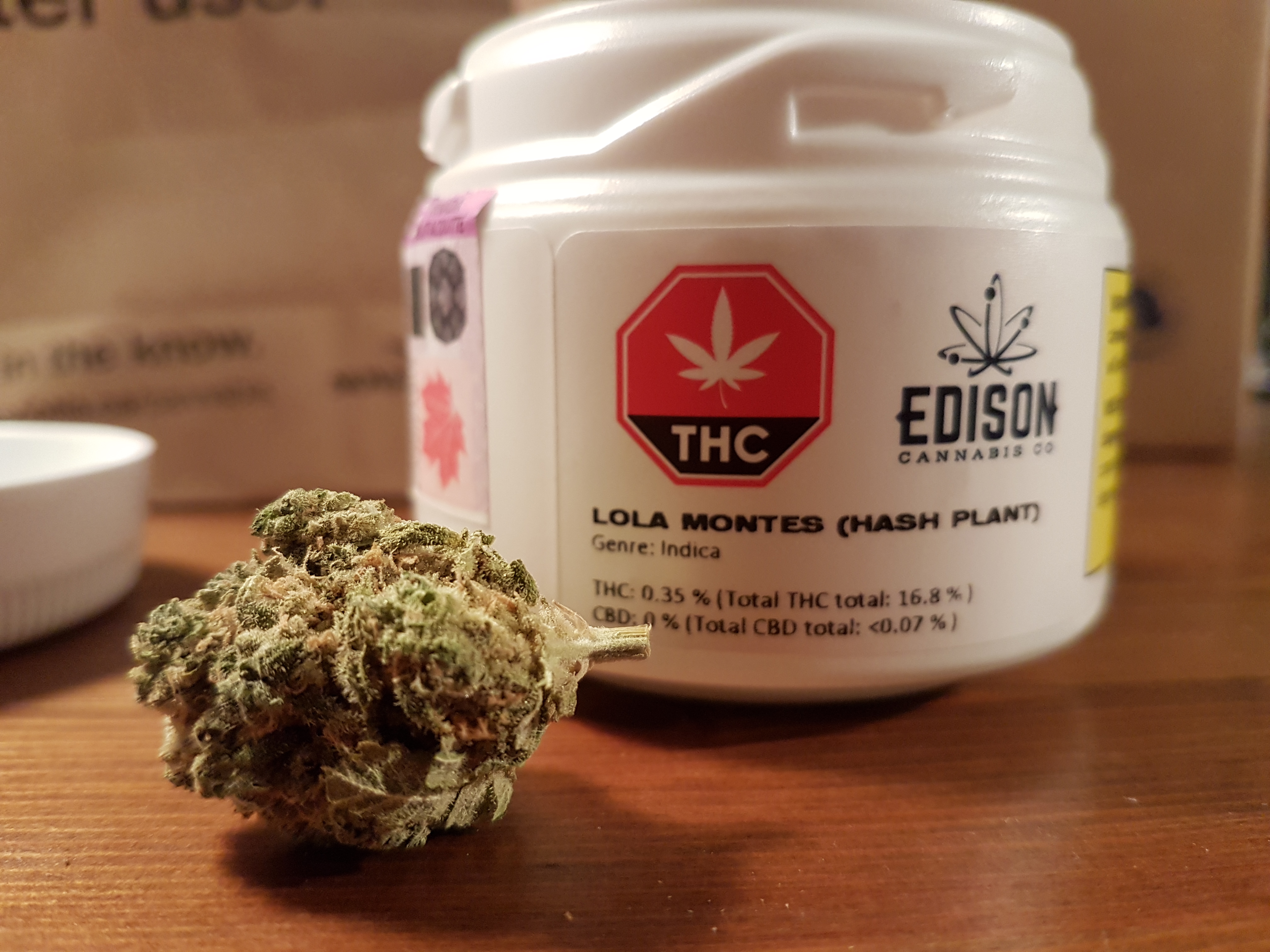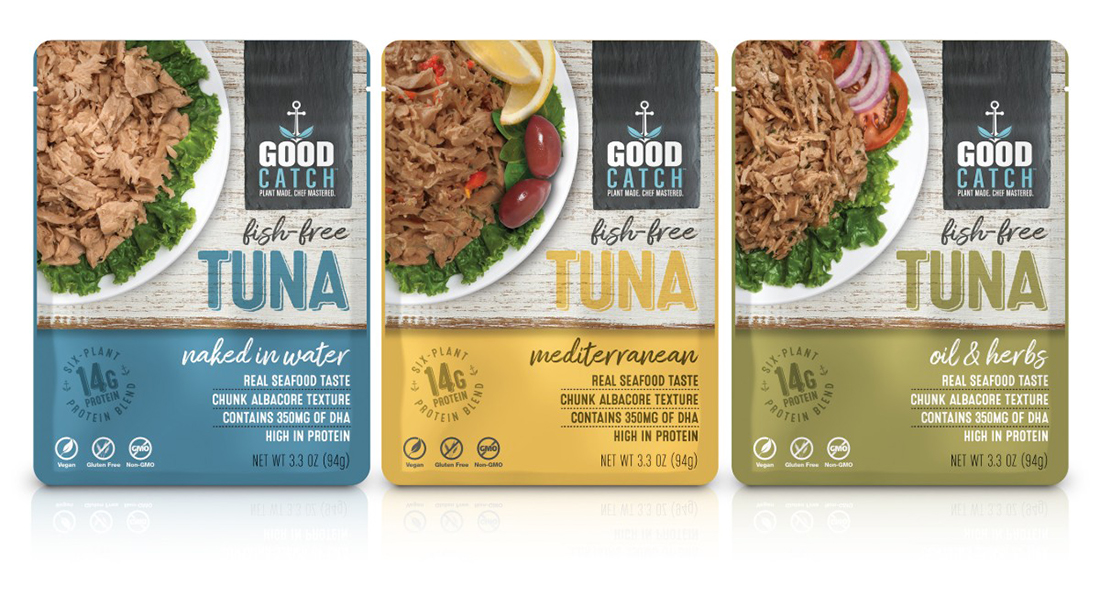On Tuesday, October 29, Xtalks attended the 10th Annual Food Regulatory and Quality Assurance Summit, in Old Mill, Toronto. We spoke to industry leaders about some of the concerns that people have in regard to the introduction of new food ingredients and processes into the Canadian market and what to expect from those changes. From plant-based protein, to steam used to sterilize foods, and cannabis edibles regulations in Canada, the conference had a vast array of topics that were discussed.
Cannabis Edibles
 Cannabis edibles have just been legalized for sale across Canada. The final version of the regulations governing these edibles have been made public on October 17, 2019. According to the federal rules, a single serving could have a maximum amount of 10mg of THC, each serving must be individually wrapped, and must come in plain colored, child-resistant packaging. It must also contain limited amounts of caffeine and no alcohol.
Cannabis edibles have just been legalized for sale across Canada. The final version of the regulations governing these edibles have been made public on October 17, 2019. According to the federal rules, a single serving could have a maximum amount of 10mg of THC, each serving must be individually wrapped, and must come in plain colored, child-resistant packaging. It must also contain limited amounts of caffeine and no alcohol.
Xtalks spoke to partner at Stikeman Elliot, Sara Zborovski, about the cannabis regulations and what businesses should prepare for when introducing their edible products to the Canadian market. She said, “its important to keep in mind that cannabis edibles are regulated as cannabis and not as food, so they are subject under the cannabis act and regulations which means if you want to touch cannabis in order to produce edibles you need to have a license to do so.”
In terms of manufacturing and introducing a product to consumers, there are strict restrictions on this. There are restrictions made towards ingredients, packaging, labelling as well as promotions. Packaging must have very plain colors, must contain certain kinds of information on the product label and all promotions are restricted or prohibited subject to a very limited number of exceptions in the Cannabis Act.
Cannabis edible products can only be sold in regulated provincial retail outlets that have very limited shelf space to sell these products on. Therefore, Zborovski said in order to succeed in this market, one must make a product that consumers really want to have.
Zborovski said, “I suspect in five, 10, 15 years the rules around promotion and packaging will open up a little bit as we all get a little bit more comfortable with this new product class, and then there may be opportunity to market similar to alcohol and less similar to tobacco. But for now, we are stuck in a very small box, and in order to succeed in that box, in my view you need to make a really great product that consumers want to consume.”
Pulses
 Plant-based products are on the rise, and companies are introducing meat alternative products to accommodate the plant-based consumer demand. Pulses play a large role in providing ingredients for this product. Pulses are legumes that are harvested dry and have very low lipid levels. These products include; dry beans, red kidney beans, black beans, pinto beans, green and yellow peas, lentils, chickpeas and fava beans.
Plant-based products are on the rise, and companies are introducing meat alternative products to accommodate the plant-based consumer demand. Pulses play a large role in providing ingredients for this product. Pulses are legumes that are harvested dry and have very low lipid levels. These products include; dry beans, red kidney beans, black beans, pinto beans, green and yellow peas, lentils, chickpeas and fava beans.
Xtalks spoke with Christopher Marinangeli, director of nutrition, scientific and regulatory affairs at Pulse Canada, about plant-based products in Canada and how to adjust to new regulatory changes. At the Food Regulations and Quality Assurance Summit, his talk was about the evolution of plant-based meat product regulations.
“The Canadian regulatory framework [has] a lot of different regulations that you might not experience in other jurisdictions. What we’re seeing is for entrants that do want to come to Canada or enter the marketplace within Canada, there are regulations that might not apply within other regions,” said Marinangeli. For example, in order to qualify as a meat substitute product in Canada, there is a specific amount of protein that needs to be present in the product.
A lot of those proteins required in simulated food products can be derived from pulses. Currently, using peas for protein is on a rise. Marinangeli said, “Canadian pulses that have been processed to form isolates, concentrates for protein, fibers, starch and so on [is] the major goal [for Pulse Canada].”
Xtalks also spoke with Andrea Papamandjaris, director of medical, scientific, and regulatory affairs at Nestlé Canada Inc. She said, the “plant-based industry is really interesting and exciting. I think from a consumer insights perspective, one of the insights is that consumers are really interested in getting protein in different ways and understanding where they get their protein from and that’s why we get the interest in plant-based protein.”
“The simulated meat space is a great opportunity. Many of the new entrants into the marketplace are actually using pea protein concentrates and isolates. Sustainability is always a goal in Pulse Canada. Canada has a great story to tell with respect to sustainability and our agricultural systems, especially when pulses are grown in rotation with other crops,” said Marinangeli.
Steam Sterilization
 Shaibaal Roy, vice president of sales for Spirax Sarco Canada, wants to reinvent the meaning of steam and introduce it to others as a new food ingredient. He believes in doing so, food manufacturers will pay close attention to it allowing products to be free of harmful and costly contamination in products delivered to consumers.
Shaibaal Roy, vice president of sales for Spirax Sarco Canada, wants to reinvent the meaning of steam and introduce it to others as a new food ingredient. He believes in doing so, food manufacturers will pay close attention to it allowing products to be free of harmful and costly contamination in products delivered to consumers.
“Steam has an image problem…it is seen as something that’s very dated, but it is widely used because it has some very unique properties. It has very high energy, is very flexible, and there’s a lot going on for steam, but its never seen as an ingredient,” said Roy.
He said that steam is not seen as an ingredient because it is sterile. However, Roy states that sterile does not necessarily mean clean and that anything that comes in contact with food should immediately be considered a food ingredient. He said when looking at the ingredients of bread, for example, which includes steam in its manufacturing processes, the word “water” is used on the ingredients list, rather than “steam”. Roy believes this should be changed as steam is an important aspect in manufactured and attention should be paid attention to it.
According to the Canadian Food Inspection Agency, when looking at steam, it can be recognized as a source of contamination when applied to a food. For example, when discussing culinary steam it states that, “since culinary steam may come into direct contact with a food, it is important that the water used to manufacture the steam is sourced, treated and handled in a way to minimize contamination…the culinary steam supply and distribution system should be designed and operated to prevent contamination and allow for an adequate delivery of steam.”
Roy believes that the image of steam needs to be changed and the industry should be able to see steam listed as a new secret ingredient in food in order to eliminate any risks that steam contamination can cause.
The speakers at the 10th Annual Food Regulatory and Quality Assurance Summit had a similar goal in mind. They wanted to learn about changes in the food industry but also tell others about their ideas and discoveries on how to better their processes to maximize growth in the market. This includes staying up-to-date with regulations, technology as well as food trends in Canada.












Join or login to leave a comment
JOIN LOGIN